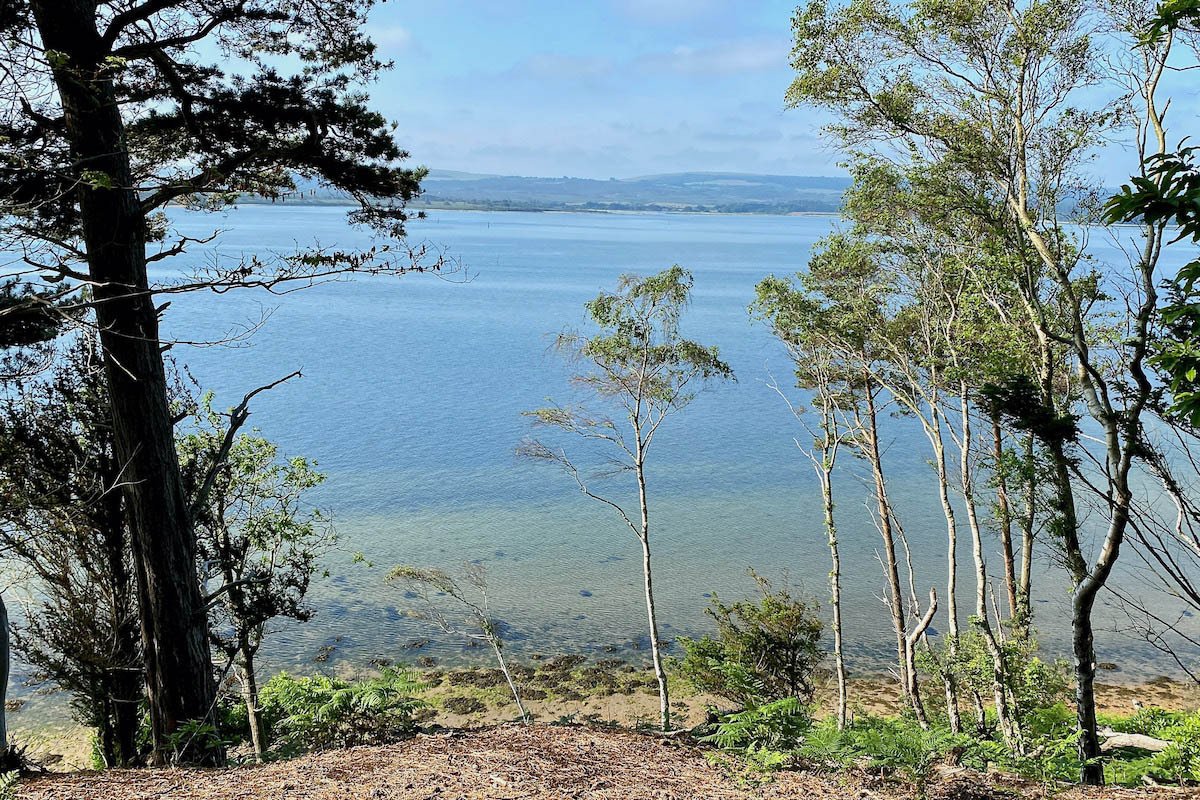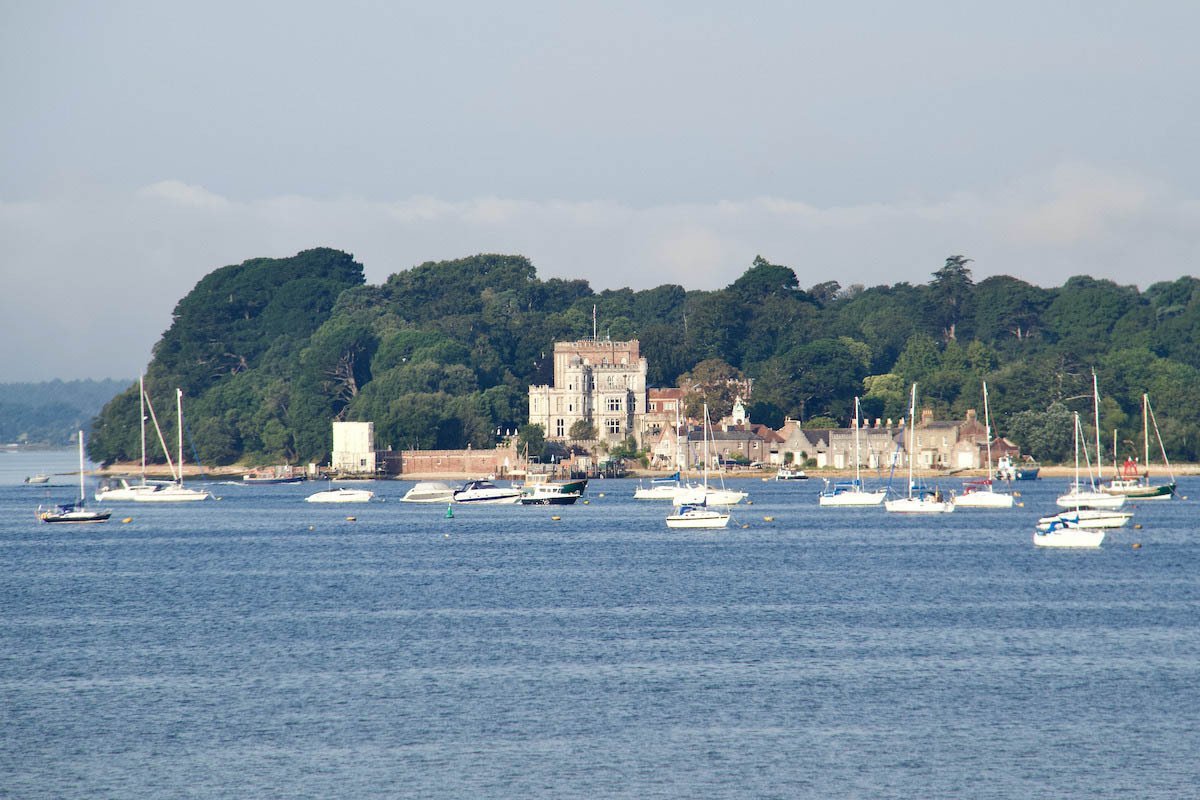
Brownsea is a small island at the entrance to Poole Harbour in Dorset. In the past it has been vital to the defence of the harbour and Poole itself. Originally the island was owned by the church and under the auspices of Cerne Abbey but it was claimed by Henry VIII when he dissolved the monasteries (1536 to 1541). He built an island fortress, parts of which can still be seen in the castle that stands proudly on the east shore. For many years the island, originally known as ‘Branksea Island’, was a grace-and-favour property. It finally passed into private ownership when it was bought by Andrew Benson in 1722. Since then the island has had many owners, all of whom, bar one, loved the place and never sought to exploit it. The exception was Colonel Waugh, who with his wife Mary bought the island in the hope of making a personal fortune, but they did leave a very valuable legacy for all its future owners.
Potteries on Brownsea Island
Curiosity motivated the Waughs’ first visit to Brownsea Island when it was advertised for sale by Lady Albinia Jane Foster, the then-owner, in 1852. During this visit Mary Waugh, an amateur geologist, detected some white clay which she thought might be china clay. Simple greed prompted them to buy the island, and at a highly inflated price. Before the deal was done Colonel Waugh, then a director of the London and Eastern Bank in London, had engaged an eminent geologist to visit Brownsea Island and examine the clay deposits: Dr Perkins reported back that he had found “a most valuable bed of clay” which he valued at about one million pounds. Waugh soon had his plans in place and funding was provided by the bank on the basis of the geologist’s report and a report from an expert engineer confirming the existence of the clay. Renovation and extension of the castle was top of the list. A Gothic tower in Portland stone was added to the front of the castle, a clock tower over the ornate side entrance, and in front of the castle, a new ‘family’ pier which featured marble steps leading down to the water and a pair of watch towers to overlook it.
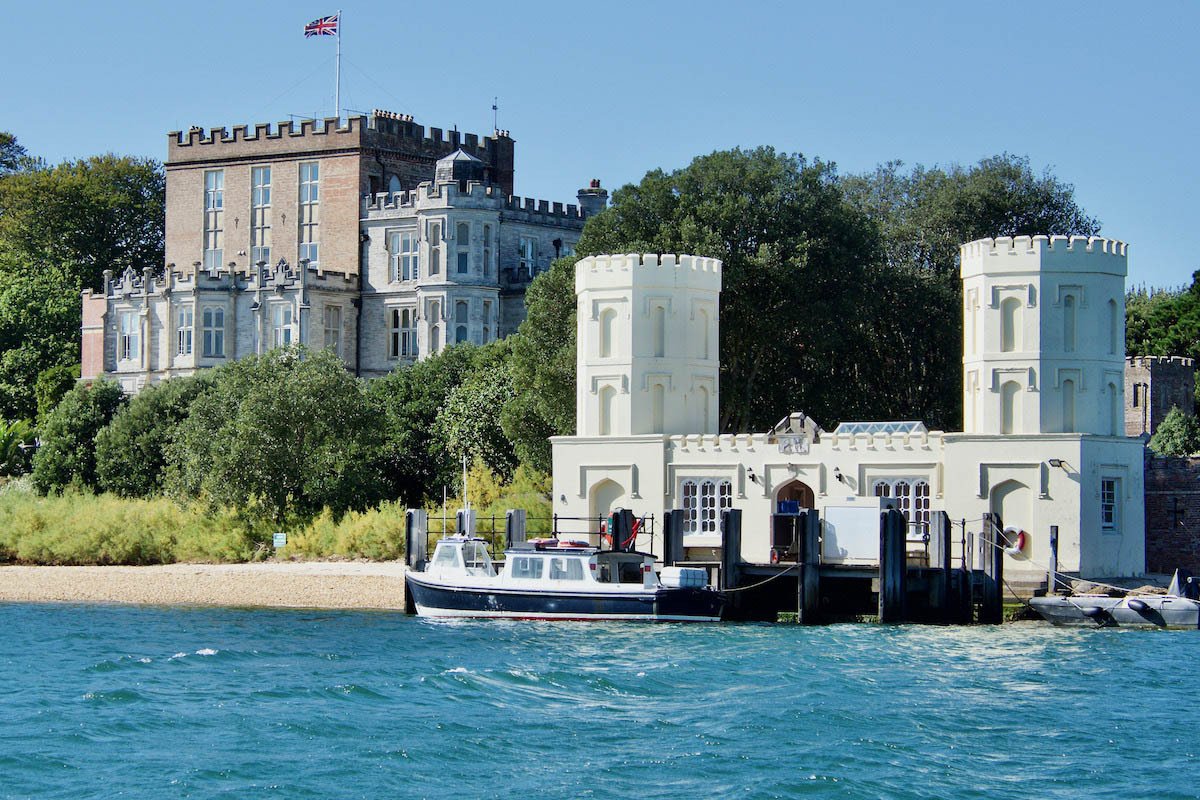
Waugh built the lovely little church of St Mary the Virgin which was consecrated in 1854; he had decided the island needed a church to cater for the spiritual needs of its owners and estate workers. The church was built in the perpendicular style which was popular during the Victorian era. It features an enclosed family pew and a fireplace beneath the tower. The original four bells in this tower, badly neglected over the years, have been replaced by a new ring of eight bells but otherwise, time stands still for this church although it still holds regular services. After Waugh built the church he gave it to the Church of England and today it is the only part of the island that does not belong to the current owners, the National Trust.
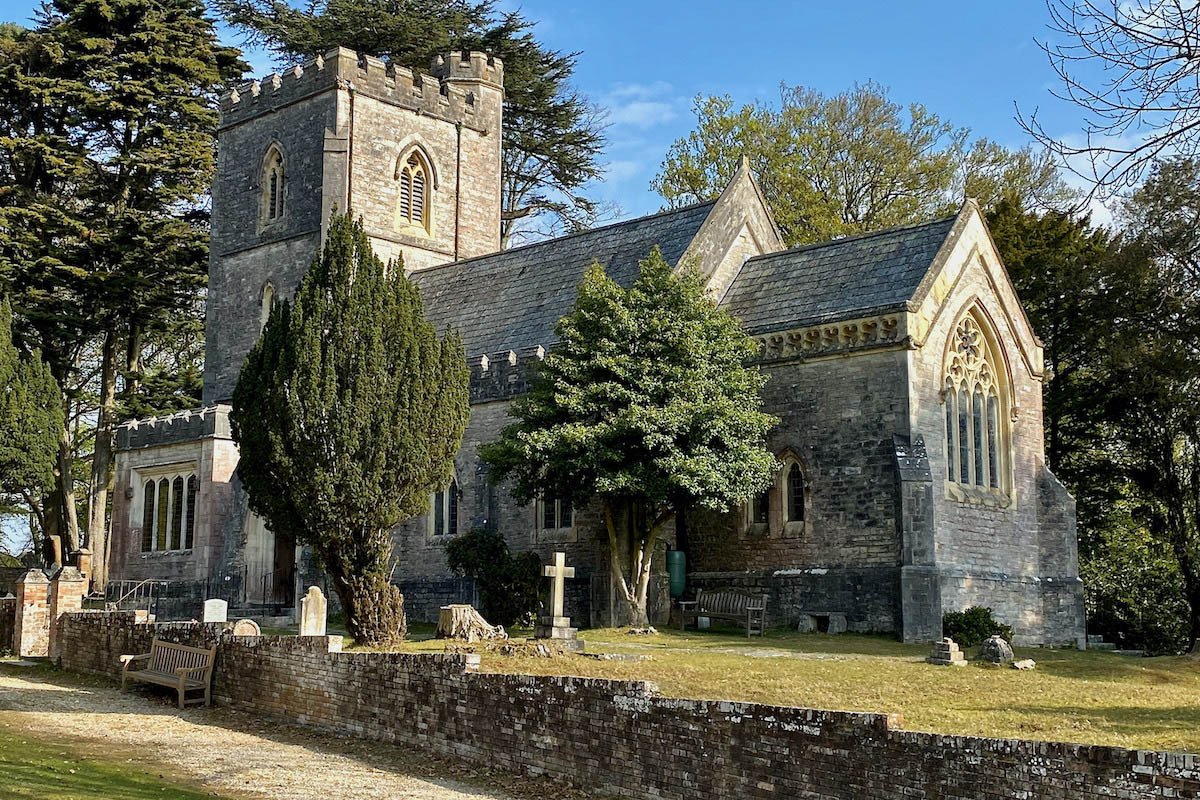
Every church needs accommodation for the incumbent vicar and Waugh was very generous in his provision of a vicarage: the Villa, a brisk fifteen-minute walk from the church, was built for this purpose. However, maintenance of this elegant building was beyond the means of a vicar’s salary and, over the years, it has been used to accommodate a variety of people. Today it houses Dorset Wildlife Trust offices and their visitor centre.
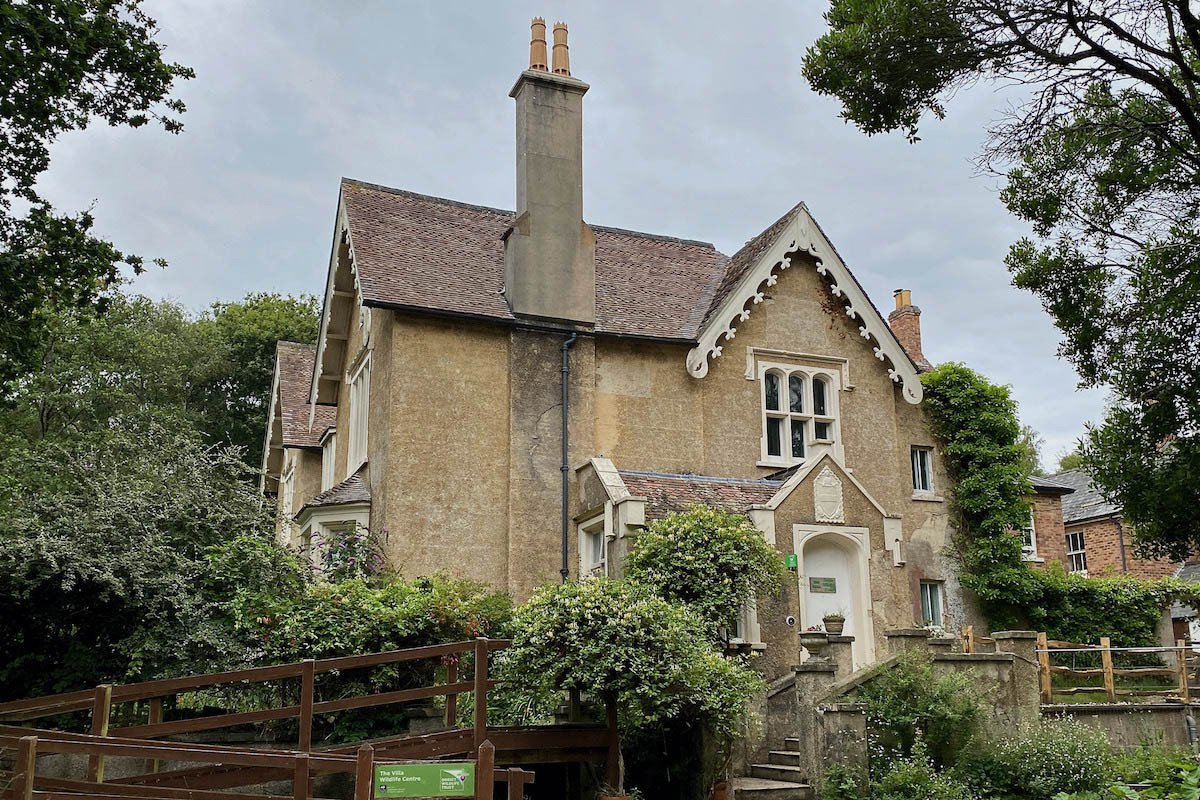
The Wildlife Trust leases the nature reserve on the island. The centrepiece of this area is the Lagoon. Previously known as St Andrew’s Bay, this large area was reclaimed as part of another of Waugh’s projects. Inspired by the Great Exhibition of 1851, he incorporated some of the modern ideas in his Model Farm: the existing farm buildings were renovated and 100 acres of new grazing land was provided by building a brick sea wall around St Andrew’s Bay and using wind pumps to drain the land. A hundred years later the sea reclaimed this area which is now home to a wide diversity of bird life.
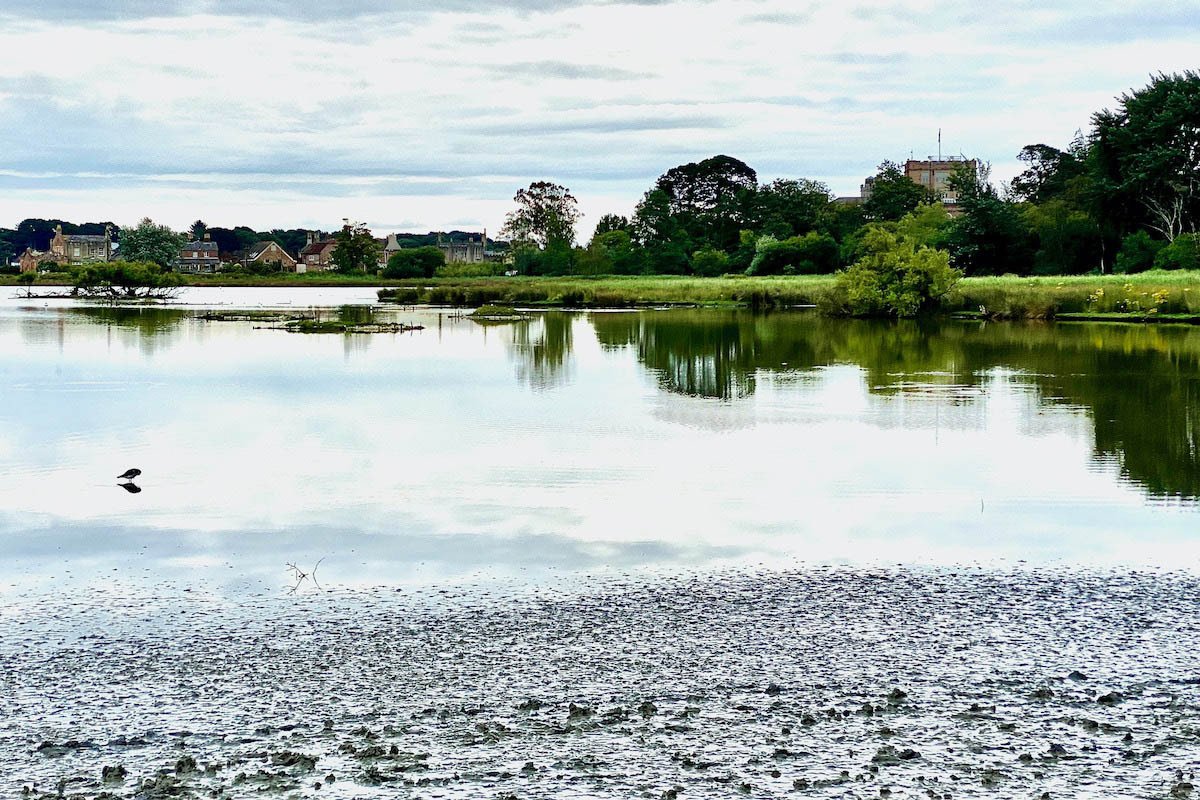
Last on Waugh’s list was the pottery, the reason for his massive investment in Brownsea Island. Workers were brought from the mainland to build an enormous pottery, a pier, a mile-long horse-drawn railway to transport the clay from the north side of the island to the pottery, and a village to house the pottery workers and clay miners. Named ‘Maryland’ after Mrs Waugh, the village – a crescent of cottages in blocks of four – featured a pub and a village store. It was not long after the pottery went into production that problems were encountered and it was established that the clay was not china clay (suitable for producing porcelain) but could only be used for drainpipes, sanitary ware, terracotta and bricks.
A misunderstanding in 1856 alerted local tradesmen to the plight of Brownsea Island’s first, and last, entrepreneur. A group of them had rowed across to the island to invite Colonel Waugh to stand for the Poole seat in Parliament. The colonel was away on business and Mrs Waugh, mistaking the purpose of their visit, begged for more time to pay their overdue accounts. The visit was followed by a flood of demands for prompt payment of overdue accounts and the Waughs fled to Spain. They successfully avoided their creditors, including the London and Eastern Bank, which had continued to finance Waugh’s extravagancies in the belief that huge profits were on the horizon. It was subsequently forced into bankruptcy.
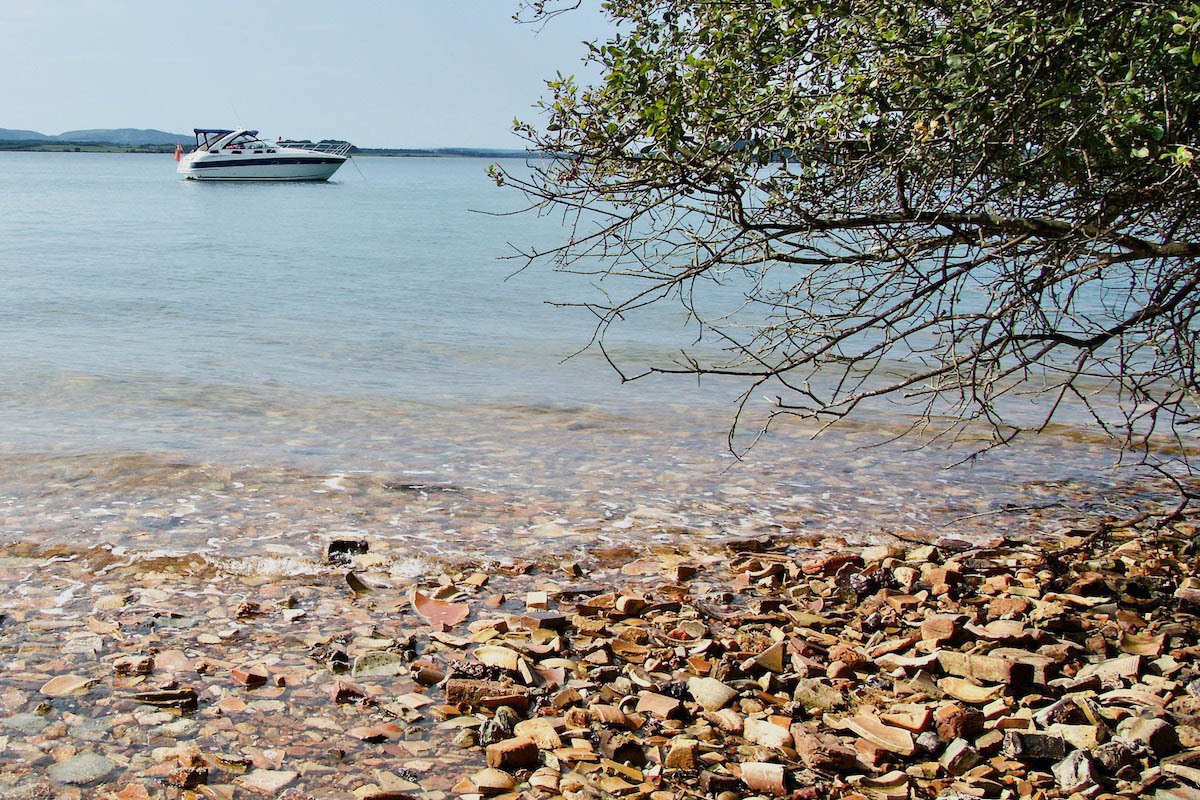
The next owner of the island was George Augustus Cavendish-Bentinck. He refurbished The Villa and took up residence there, giving the castle to his son Frederick as a wedding present. Cavendish-Bentick was devoted to the island and did his best to keep the pottery going for a while, but it never made enough money to cover running costs and it was closed in 1887. Very little remains of the pottery, but the Pottery Pier still juts out into the sea on the South Shore. Cavendish-Bentinck did work hard expanding the agricultural activities and by the time he died, after twenty years on the island, he and the islanders had re-established a working community. Both he and Colonel Waugh had laid the foundations for some wonderful years on the island when, in 1901, the new owners, the Van Raaltes moved in.
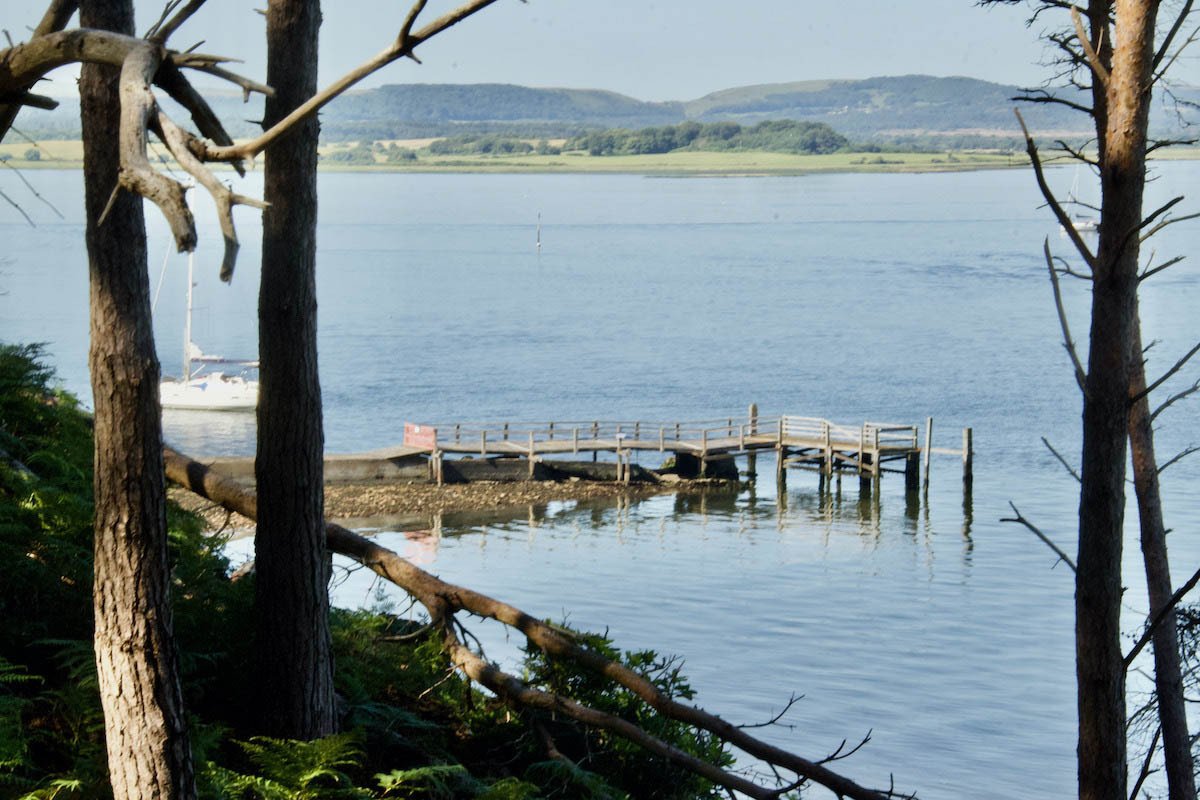
A Golden Era on Brownsea Island
Charles Van Raalte loved Brownsea Island so much that his father, Marcus Van Raalte, bought it for him in 1901. Van Raalte was a popular owner as he got on well with the islanders, who were regular visitors at the castle, and he was elected mayor of Poole even though he was never a local councillor. His elegant wife, Florence, was the typical Edwardian lady. The couple entertained many famous and wealthy guests at the castle and had their own private steam launch, ‘Blunderbuss’, to bring their guests from Poole Quay to the island. Some guests made the mistake of getting off the train at Branksome Station a few miles from the quay, which resulted in Van Raalte changing the name of the island from ‘Branksea’ to ‘Brownsea’.
The Island Estate Band was formed in 1902 to entertain guests in the beautiful landscaped gardens, with croquet on the lawns, golf on a nine-hole course and private game shoots all part of the entertainment on offer. It was a wonderful time for everyone, the owners, their servants and estate workers. During this period, Lord Baden-Powell marked the start of the scouting movement, setting up a campsite on Brownsea Island in 1907.
Sadly, six years after he moved to the island, Van Raalte died while on holiday in India with his family, and Florence, assisted by her son-in-law Lord Howard de Walden, took over the management of the estate.
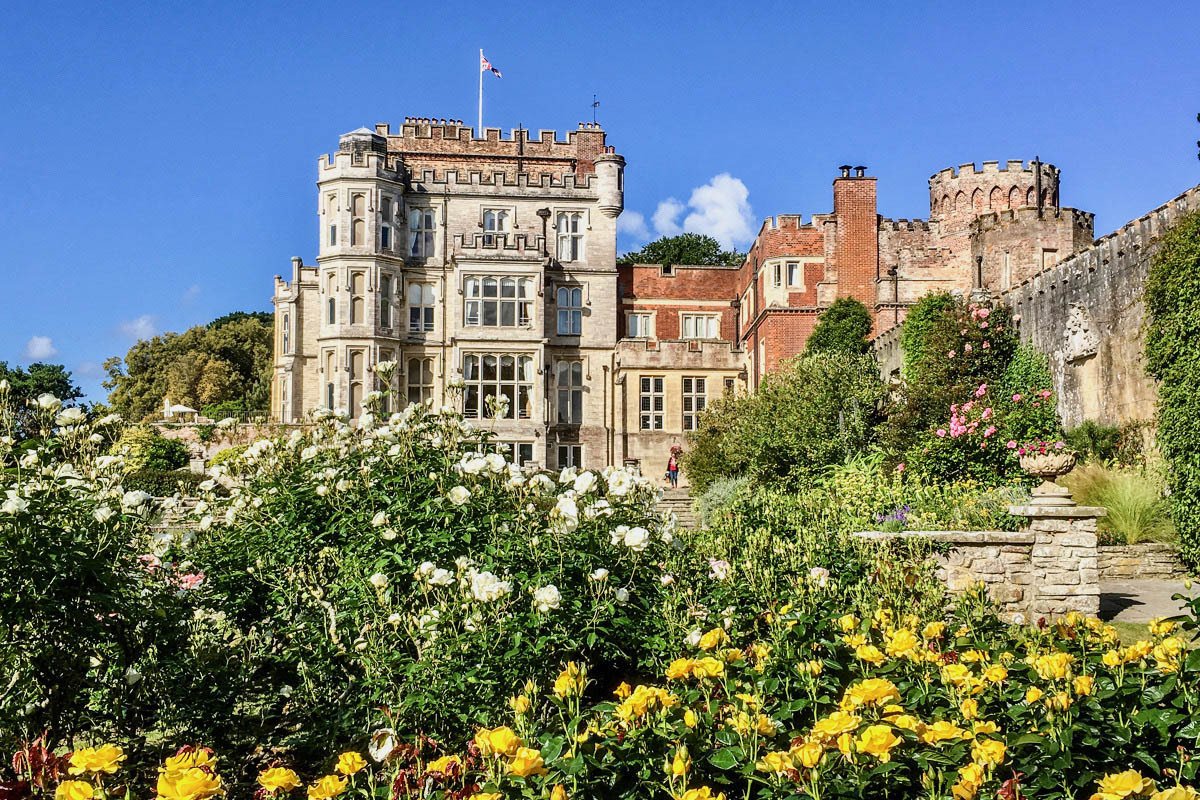
Florence continued the work started by her husband, including growing daffodils following plans her husband had made after a visit to a daffodil farm on the Scilly Isles: the additional workers required led to an increase in the resident population. It was a happy time for the islanders, despite the closure of the store in Maryland which meant all provisions had to come from the mainland by boat. They attended church services regularly and the children had their own primary school (built by Colonel Waugh).
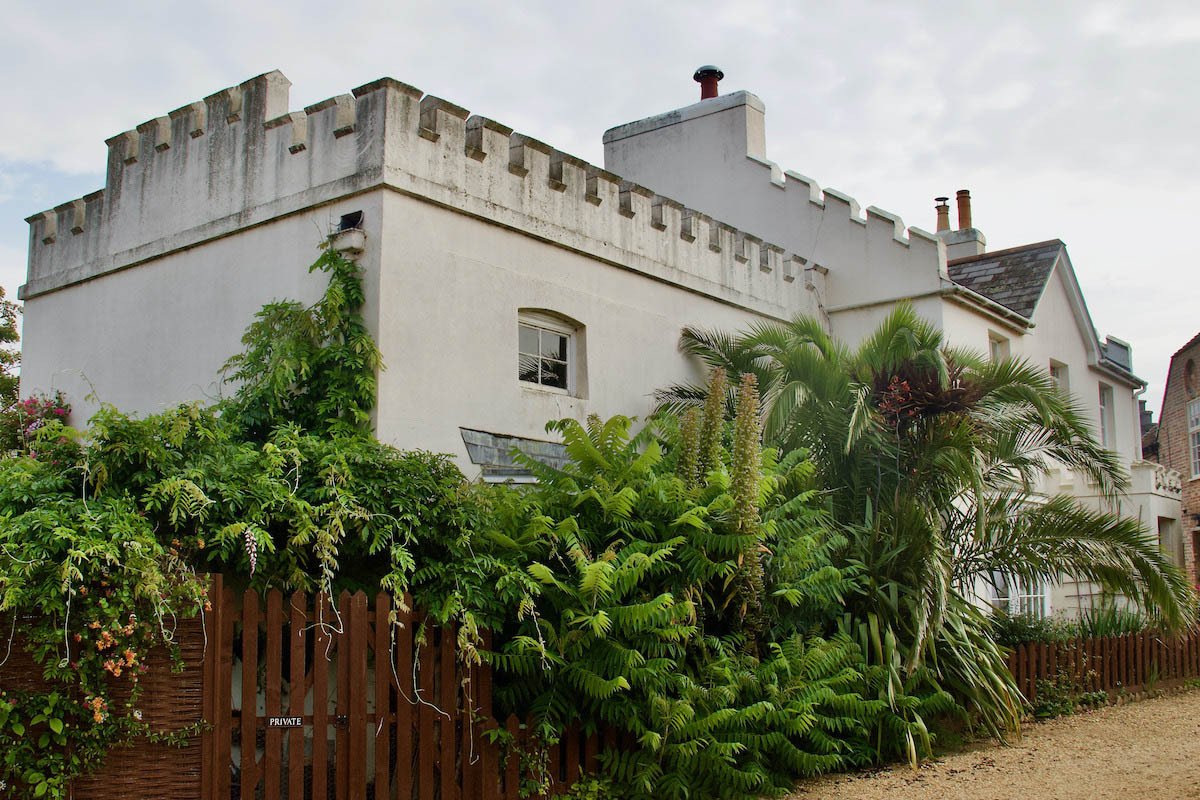
Music was an important part of their early education and they played football and tennis. Pupils also produced and performed their own plays to entertain parents and castle guests. But the start of the First World War in 1914 cast a shadow over the island. Thirty men left Brownsea for the war and only six returned, Lord Howard de Walden and two Van Raalte children being amongst those who did not come back. The women of the island formed their own Land Army and kept the farm going. Florence did all she could to help and, on hearing of the dire need for pit props for the trenches, she ordered the felling of many hundreds of trees on Brownsea so wood could be sent across to France.
After the war, bulb growing became one of the island’s most prosperous industries and, by the 1920s, 14 acres on the main plateau of the island were producing daffodils. The flowers were cut during the day, tied in bunches overnight by the islanders and then taken to Poole by boat to start their journey to Covent Garden in London. This industry flourished until 1925 when competition from the Scilly Isles made it unprofitable. Daffodils still bloom on the island today – a favourite treat for the resident Sika deer.
That same year, Florence left the island and moved back to London. Brownsea Island was on the market again and was bought by a wealthy stockbroker with plans to turn it into a private hotel. During his brief occupancy the castle was stripped of its many treasures, which were sold at one of the largest auctions of the century, lasting almost three weeks. The islanders were relieved when the local council opposed his plans and the island was sold. The new owner was Mary Bonham-Christie, who was a natural recluse. She also loved Brownsea Island, but in a very unique way.
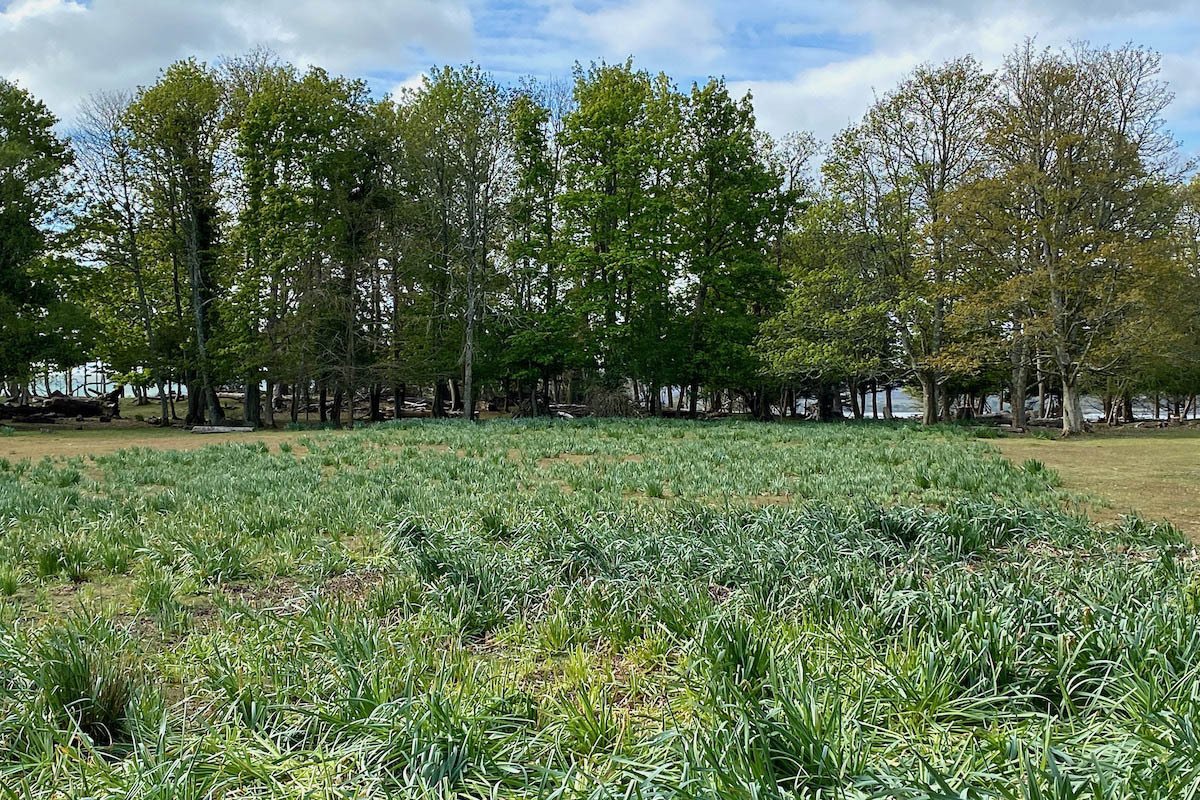
Brownsea Island Returns to its Natural State
Mrs Bonham-Christie was intent on allowing her island to return to its natural state, so she refused to allow anyone to land on its shores. All commercial activity ceased and the farm animals were turned loose ‘to let nature take its course’. Gradually, the island reverted to heath and woodland. After firing the incumbent steward, she instructed the new steward to stop paying all estate workers. All but a few workers were told to leave and within a year, the resident population was reduced from 270 to four.
Bonham-Christie moved into the Agent’s Cottage, one of the cottages on the quay, where she lived in seclusion. In 1934, the island experienced a second disastrous fire – the first was in 1896 when a newly installed motor in the castle was blamed. The 1934 fire started on the North Shore and spread across the island. It took two days for fire-fighting equipment to get to the island. The fire burnt for seven days and seven nights, but the church, castle and farm buildings were all spared. Bonham-Christie was convinced the fire had been started deliberately, and immediately banned all public access to the island, redoubling her efforts to keep people away.
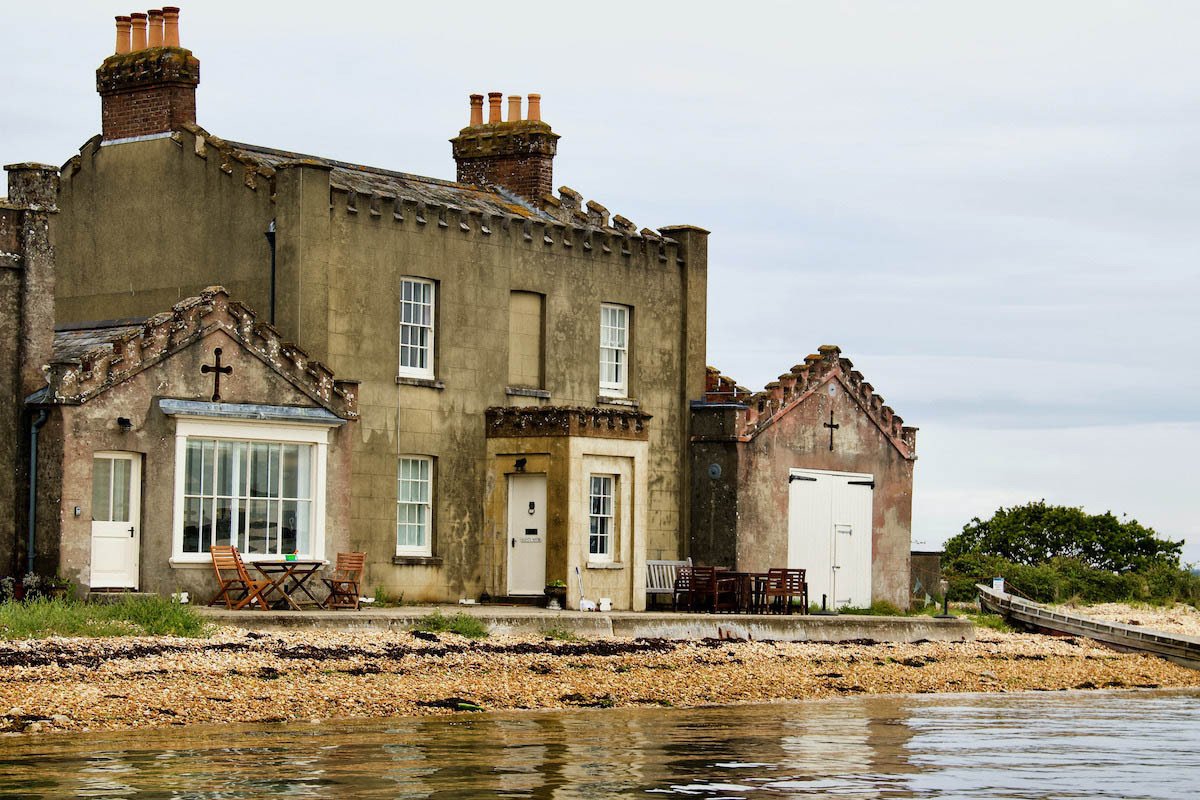
Brownsea Island had an important role to play during the Second World War: due to its strategic position at the entrance to Poole Harbour, it was prepared to resist invasion. In May 1940, after Germany invaded the Netherlands, refugees escaping by boat were sent across the channel towards Poole and landed on Brownsea Island, which was turned into a refugee camp. Bonham-Christie moved out of the Agent’s House (which is now a holiday cottage) on the quay, so it could be used for operational purposes, and took up residence in the castle. She assisted in what was to become a huge operation. All supplies, including fresh water, had to be brought from the mainland. During the first few nights between 600 and 700 Dutch arrived; The Carpenter’s House became the police headquarters and the old school was turned into a makeshift hospital and first aid centre. The Dutch refugees were followed by Belgians and they were accommodated under canvas on Home Field, now known as Church Field. In total, 3,000 refugees passed through the island, which was considered the perfect place to screen arrivals for suspicious characters and spies. They were ‘processed’ before being moved on to the mainland.
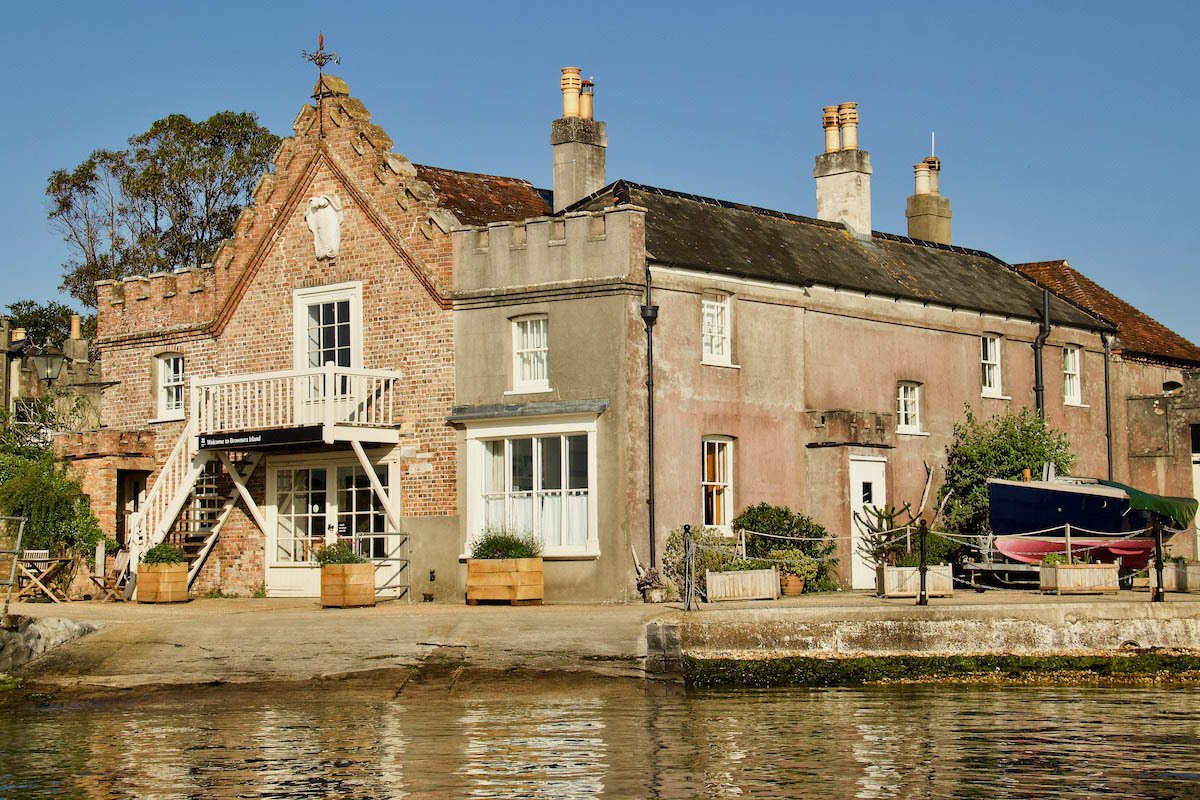
In 1941, a Major Strategic Night Decoy (MSND) was established at the western end of Brownsea Island. A technician from Elstree film studios was employed to create a series of flickering fires to create the impression that bombs had been dropped and it was an important target. Poole lay just beyond, safe in complete darkness. Mrs Bonham-Christie watched from the castle as bombs rained down on her beloved island. Bomb craters are still apparent in the area around the ruins of Maryland village, which was so badly damaged that all the buildings had to be demolished, and moss-covered bricks are all that remain of it.
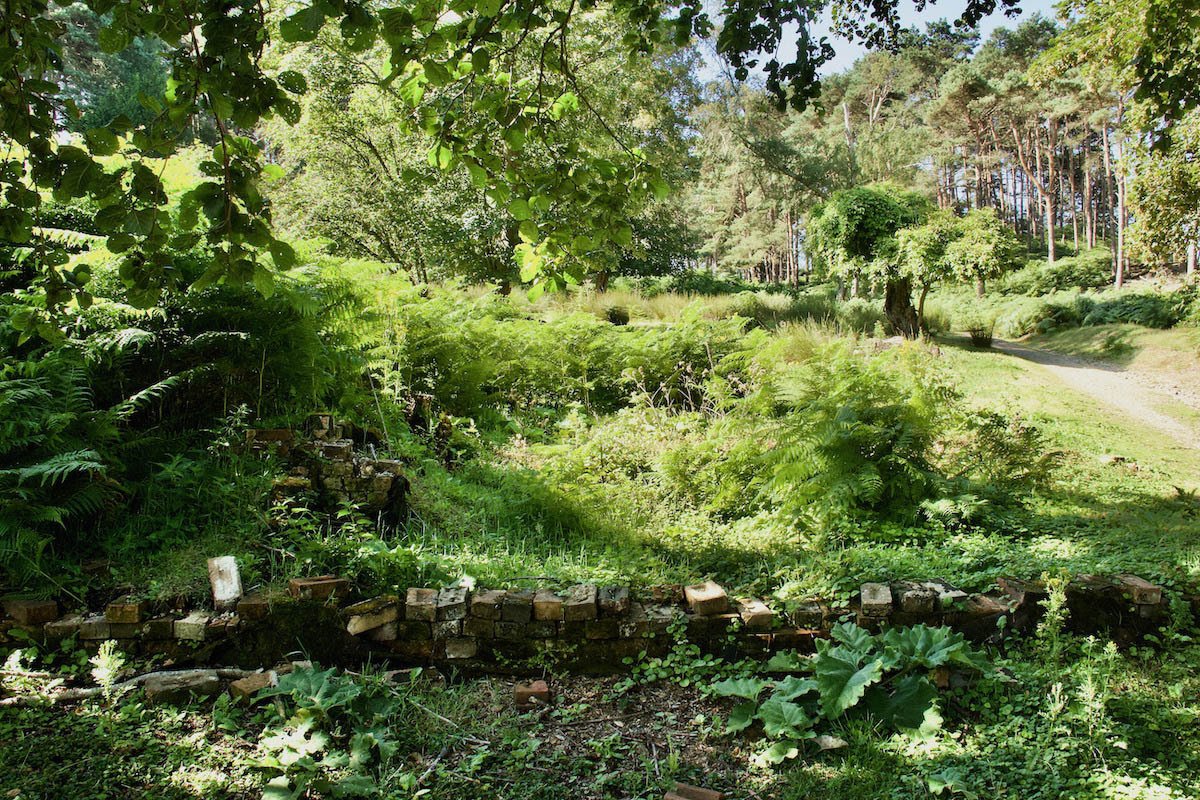
Bonham-Christie lived on the island in splendid isolation for 34 years. Serious illness finally forced her to leave Brownsea and she died a few hours after her arrival on the mainland. She had expressed a wish that the island should remain a wildlife sanctuary but had never stipulated that this should be the case. Her grandson, John Bonham Christie, inherited Brownsea; he was also very fond of the island and he moved into Villano with his young family. It was John who established a tradition of volunteer wardens on the island when he asked for help to make the island habitable again, but he was struggling to find the money to pay the death duties and maintain Brownsea. He applied for planning permission to build four hundred houses on the island but his application was blocked by local opposition, so he gifted the island to the Treasury in settlement of death duties. The government then offered the island to the National Trust.
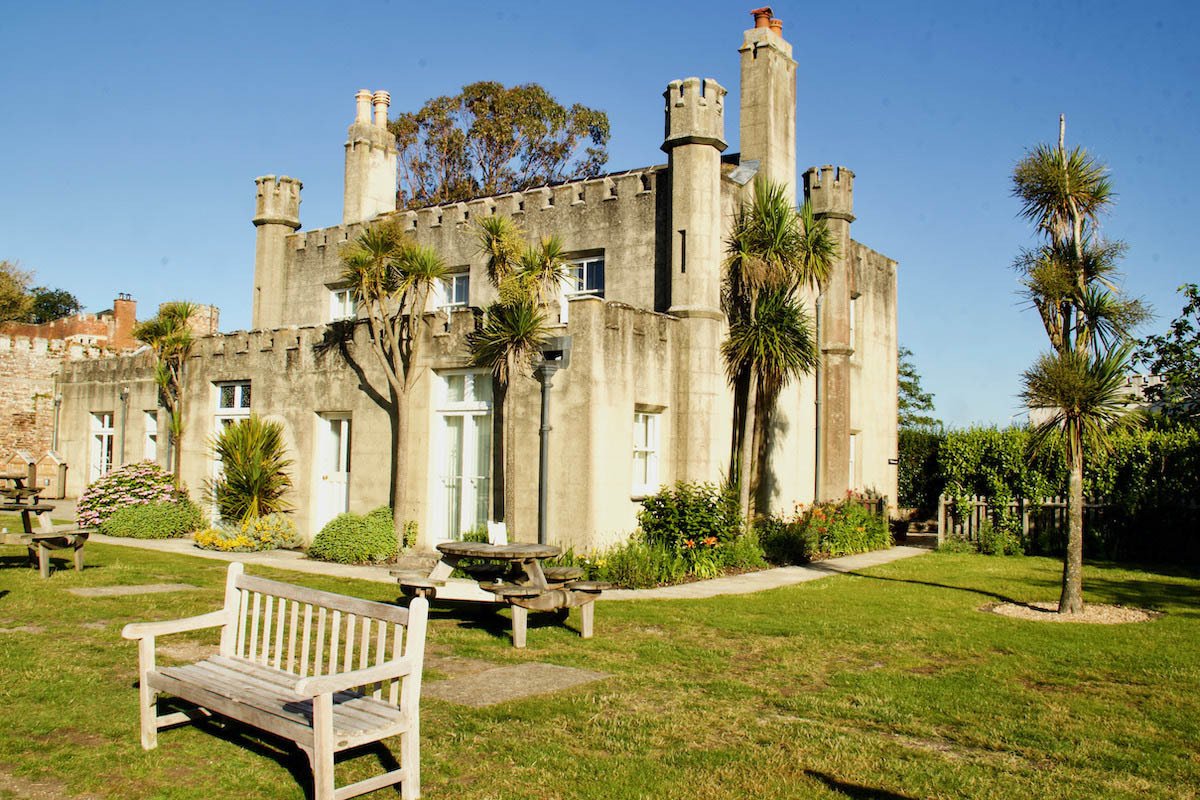
The Trust agreed to accept the island and be responsible for its future if an initial £100,000 could be raised. An appeal was started and the funds were raised. John Lewis made very generous donations and also offered to take a lease on the castle to use as a private hotel for their employees (referred to as partners). This effectively put the castle back into private ownership, but there is still plenty to be enjoyed on the island by its visitors, including the nature reserve which is managed by the Dorset Wildlife Trust. The Trust has been welcoming visitors to Brownsea Island since 1962 and they love it.
